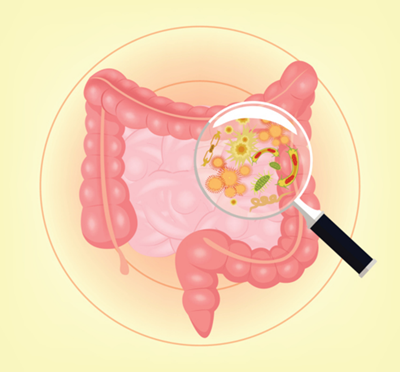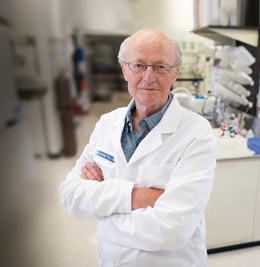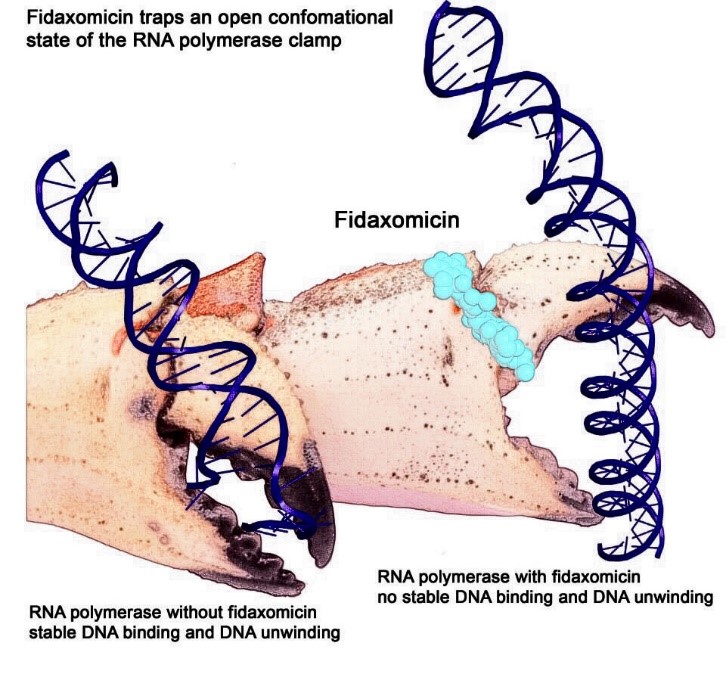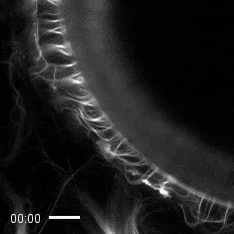Archived: PECASE Honoree Michael Boyce on Sugar's Role in Cell Signaling and on Diversity, Equity, and Inclusion in the Scientific Workforce
January 15, 2020
Continue Reading
Archived: The Meat of the Matter: Learning How Gut Microbiota Might Reduce Harm from Red Meat
December 11, 2019
Continue Reading
Archived: Block an Enzyme, Save a Life
November 26, 2019
Continue Reading
Archived: Fabulous Fats in Your Holiday Feast
November 26, 2019
Continue Reading
Archived: Interview With a Scientist: Unlocking the Secrets of Animal Regeneration With Alejandro Sánchez Alvarado
October 9, 2019
Continue Reading
Archived: Five Fabulous Fats
March 5, 2019
Continue Reading

 Michael Boyce, associate professor of biochemistry at Duke University in Durham, North Carolina. Credit: Michael Boyce.
Michael Boyce, associate professor of biochemistry at Duke University in Durham, North Carolina. Credit: Michael Boyce.
 Microbiota in the intestines. Credit: iStock.
Microbiota in the intestines. Credit: iStock. Vern Schramm, professor of biochemistry at Albert Einstein College of Medicine, Bronx, New York. Credit: Albert Einstein College of Medicine.
Vern Schramm, professor of biochemistry at Albert Einstein College of Medicine, Bronx, New York. Credit: Albert Einstein College of Medicine.

 Artist interpretation of RNAP grasping and unwinding a DNA double helix. Credit: Wei Lin and Richard H. Ebright.
Artist interpretation of RNAP grasping and unwinding a DNA double helix. Credit: Wei Lin and Richard H. Ebright. Credit: Zvonimir Dogic, Brandeis University.
Credit: Zvonimir Dogic, Brandeis University.